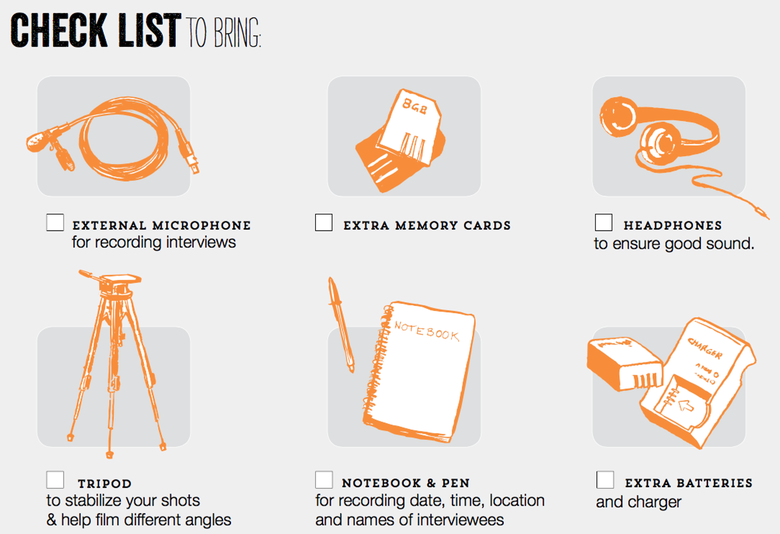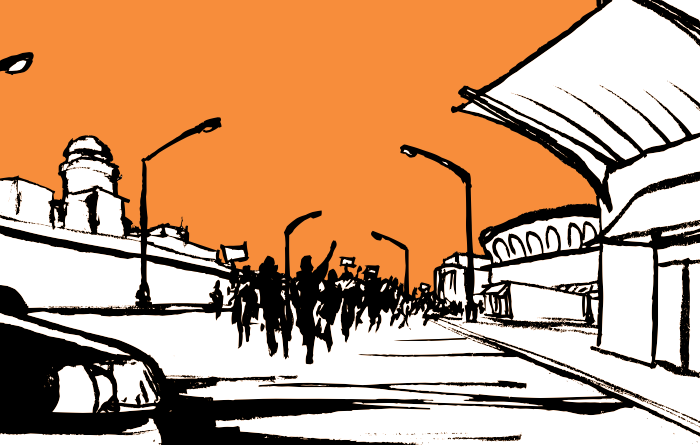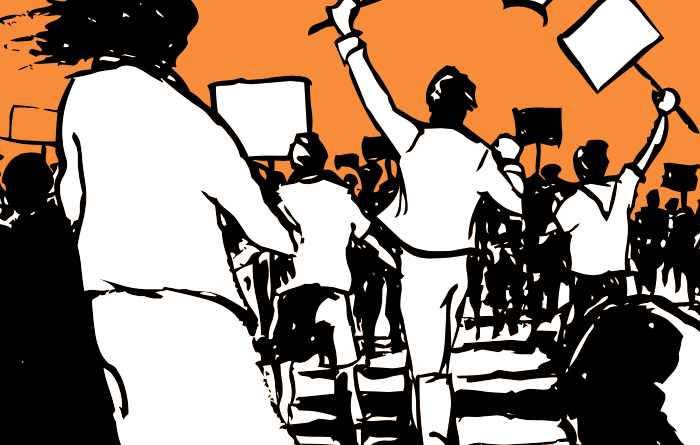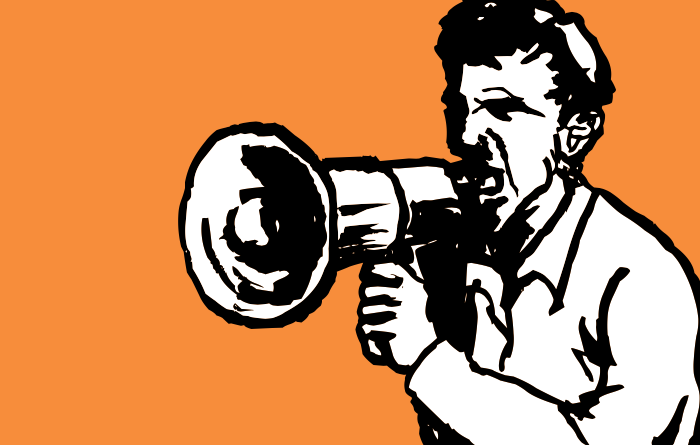10 Important Tips
Filming Protests and Police Abuse
ABOUT
Quick tips for safely and effectively filming protests and police misconduct.
-
BE PREPARED
Laws on filming authorities vary by country. Know your rights before you turn on the camera. Develop a security plan to protect your safety. Memorize emergency contact information, or keep it written in a secure location. Use a camera strap or tie your camera to your wrist. Know your equipment. If you can’t run with it, don’t bring it.
-
POWER UP
Bring additional charged batteries and empty memory cards. If filming with a smartphone, maximize battery life by turning off apps and the wifi locator, and lower the brightness on your device’s screen.
-
RECORD YOURSELF
Speak into the camera to verify that you are the one filming. Alternately, keep a written record with the original video file. If you need to be anonymous for security reasons, use a code name.
-
VERIFICATION
Your media is easier to verify if you capture the date, time and location of your footage. If possible, turn on automatic date, time and GPS location capturing features. Alternately, film newspapers, intersections, street signs and landmarks.
-
FILM WITH INTENTION
Hold shots for a minimum of 10 seconds. Keep the camera steady and move it very slowly when changing your position. Avoid jerky movements and zooming.
-
VARIOUS ANGLES
Contextualize events through wide and medium shots. Use close-ups to capture details. Use various angles and elevation to capture the size and behavior of the crowd. Capture footage of the presence and formation of authorities. If identities should be anonymous, film crowds from behind and only record the backs of people’s heads or their feet.
-
CAPTURE DETAILS
When safe, document the details of an arrest or violence by filming the identities of individuals involved, the surrounding crowd, injuries, bullet holes or nearby vehicles. Contextualize details by narrating the incident as you film.
-
FILMING AUTHORITIES
When possible, film or record yourself saying officers’ names and their badge/helmet numbers. Record general police conduct such as orders being given to officers, or when barricades are created or moved. Document police that are filming the protests and any weapons that the authorities are holding or using.
-
CONDUCT INTERVIEWS
Provide additional details through interviews with consenting protestors or eye-witnesses. Ensure those you film are fully aware of how and where the video will be used. Discuss potential safety risks if the video is to be shared publicly, online or with authorities. If anonymity is needed, film interviewees’ hands while they speak, have the subject wrap their face in a scarf, or adjust the focus to blur the image.
-
WORK AS A TEAM
Have a partner help keep you safe and watch for important situations to document. If your partner has a camera, try to get separate angles of the same incident. Try to keep each other in view. If you are at risk of arrest and want to keep filming, consider giving media cards to a friend who can guard it and replace with an empty card.

This resources is part of WITNESS'
8 Resources for Video Storytelling,
a package of materials to help filmers safely and ethically document human rights abuse.
8 Resources
- Filming Protests & Police Abuse
- Mastering Depth of Field With Your DSLR
- How to Preserve Your Videos
- How to Make Videos for Change
- Video as Evidence: Basic Practices for Capturing, Storing and Sharing
- Ethical Guidelines for Using Videos in Human Rights Reporting and Advocacy
- How to Film a Protest
- How to Film with a Mobile Phone




 Download Filming Protests and Police Abuse
Download Filming Protests and Police Abuse